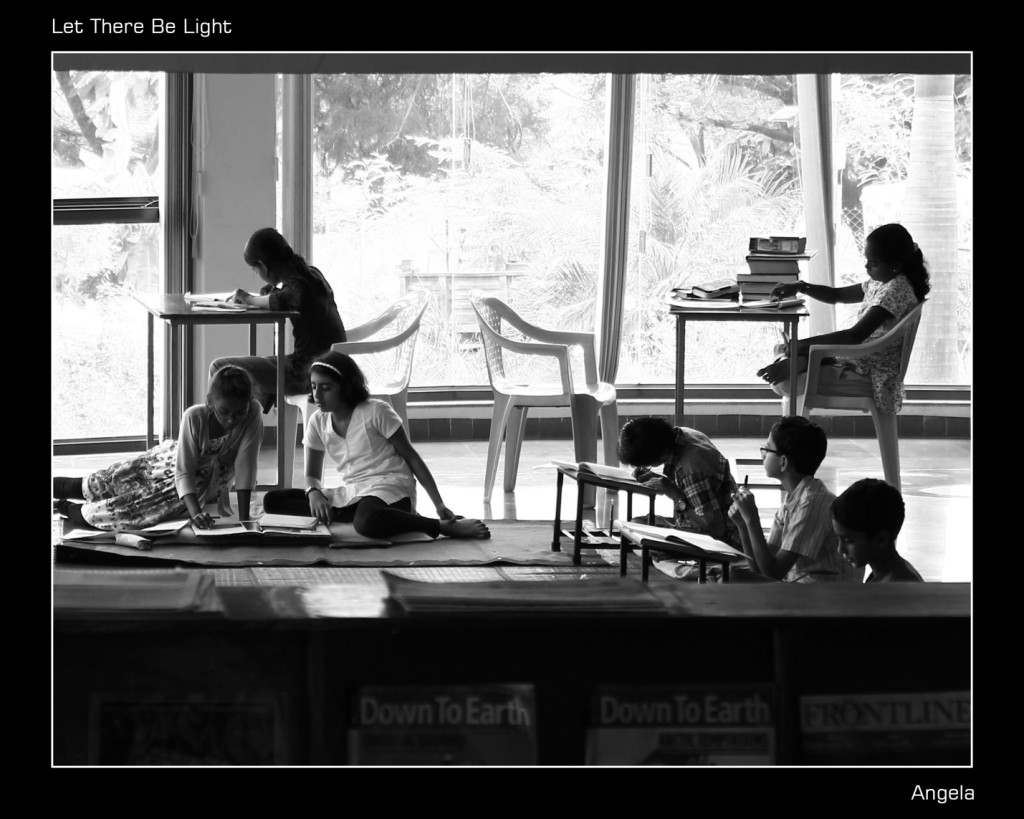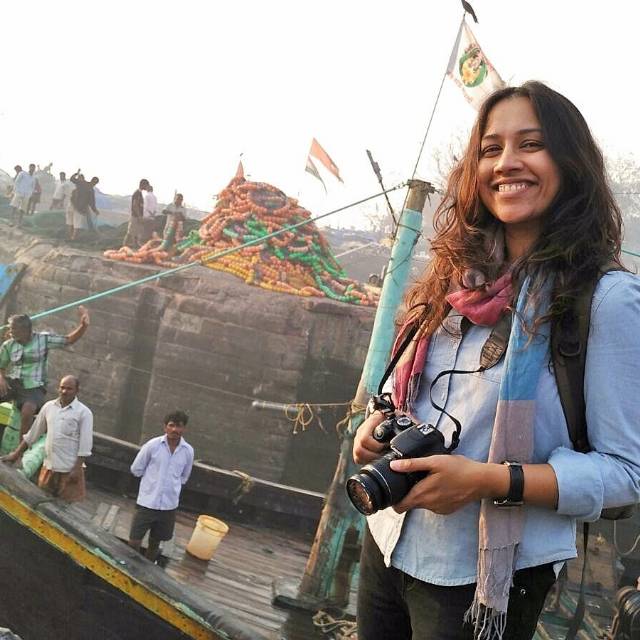Years ago, I borrowed a good friend’s DSLR for an early morning visit to Sewri to see the famous pink flamingoes. Until then, cameras were devices to lug dutifully from holiday to holiday and milestone to milestone. That Sunday in Sewri, I tried to capture the marvel of hundreds of flamingoes turning the sea into a perfect shade of pink and just like that for me, photography became art.
The digital camera revolution has brought the same eye-opening revelation to millions of people around the world. But owning a digital SLR is one thing and picking up photography skills is quite another. Here are a few tips for those starting out on a fascinating, rewarding journey into the world of photography.
Take many, many, many photographs:
This obvious point is less observed than you might imagine. Henri Cartier Bresson, one of the world’s greatest street photographers, said that your first 10,000 photographs are your worst and in today’s digital world, a few more zeros apply. Serious photography buffs take as many as 800 to 1000 shots in a day. The more you click, the better you learn and the better you get. Take your camera everywhere and not just on trips. If you do not have the luxury of time dedicated to photography, find inspiration in your daily routine, neighbourhood, even in everyday objects at home.
Read that really boring manual:
This is the easiest way to get to know your camera’s modes and moods and how to maximize its features for the all-important trifecta of photography which include exposure, aperture and shutter speed. Read the manual from end to end and then go back to it every once in a while, a chapter at a time. Even those who don’t get technical stuff easily will discover small but useful features each time they go through the booklet. Just read the manual!
Don’t stop learning:
Flickr, Instagram and digital photography websites such as the Digital Photography School are freely available resources for aspiring photographers, as are photo-blogs by supremely talented photographers such as David Alan Harvey, Joe McNally, Maciej Dakowicz and Joshi Daniel. Photography books are a wonderful too. The best ones are an expensive but worthwhile investment, a more affordable alternative is to borrow them from a local library. If you’re looking for personal guidance, photography workshops are a great option. Look out for local sessions held by Canon and Nikon. In Mumbai, Girish Menon takes a popular “Master Your DSLR Camera” workshop regularly for first-time DSLR users.
Understand, follow and…break the rules:
Get familiar with the basic composition rules in photography. At my first photography workshop, I was lucky to have an old-school professor who took a lot of effort to explain them in detail. Critique your photographs from the composition rules perspective. After you gain confidence and start to develop your own style, break some of the rules. But to break them, you need to know them first.
This photograph breaks the usual exposure rules to create an atmosphere suited to the theme. ‘Solitude’ was awarded first prize at the Jan 2013 XIC photography exhibition.
Try something new:
There’s a lot of fun in shooting the offbeat or curious. Get into strange positions for different angles, keep an eye out for unusual subjects and quirky locations. This doesn’t mean ignoring familiar stuff. Rainbows, sunsets, cats and similar commonplace subjects can be very interesting in a new perspective. In this age of information overload, the remarkable catches attention, so don’t be afraid to experiment.
This photograph of a curious cat was taken during a walk down one of Bandra’s little bylanes. Take your camera everywhere!
Find the magic. It’s usually light.
Photography literally means ‘light writing’. There’s a famous quote, author unknown that goes, “Amateurs worry about gear, professionals worry about money and masters worry about light.” Gearheads believe that better cameras and lenses take better pictures and they may be right, but only up to a point. Beyond technology and composition, there’s light, the ultimate frontier in photography. A useful suggestion for beginners is to make the most of available light, especially during golden-hour which refers to the hour after sunrise and the hour before sunset. Another important tip is to start noticing light in daily life. Notice its levels of intensity, effect on different surfaces, shadows cast and experiment accordingly with your camera settings. Over time, you’ll start adapting naturally to different lighting conditions and eventually learn to create interesting effects even in problematic lighting.
 Photographing into the light is tricky but not impossible if you manage your camera settings carefully.
Photographing into the light is tricky but not impossible if you manage your camera settings carefully.
Happy shooting!









Thank you, Suvarghya, glad you found it useful. Great link, thanks for sharing!
A very informative article, specially for me who is a photography enthusiast, far far away from anywhere near perfection.
I also found this link to contain a very valuable article on the ‘exposure triangle’ which can further supplement this reading.
http://digital-photography-school.com/learning-exposure-in-digital-photography/